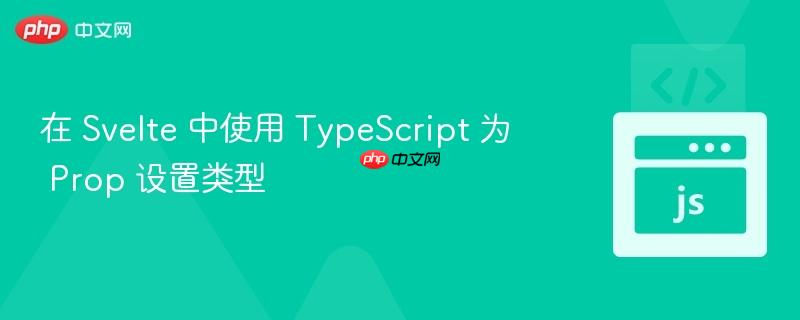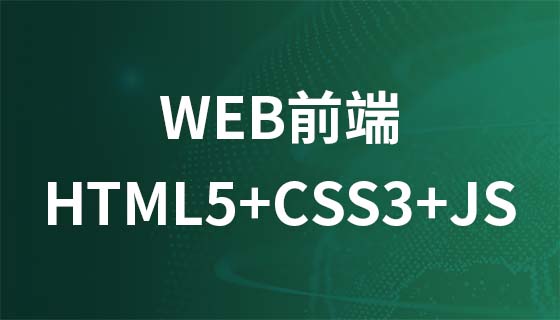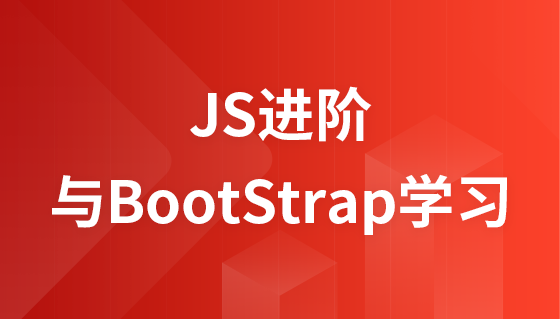
本文介绍了在 Svelte 中使用 TypeScript 为组件的 prop 设置类型的两种方法,重点解决在使用虚拟列表等组件时,如何确保传递的 item 具有特定的类型,避免 TypeScript 编译错误。通过自定义类型声明或使用类型断言,可以有效地解决类型检查问题,提升代码质量。
在 Svelte 中使用 TypeScript 可以提高代码的健壮性和可维护性。当涉及到组件间的 props 传递时,明确指定 props 的类型至关重要,尤其是在使用像虚拟列表这样的复杂组件时。本文将介绍两种方法,帮助你解决在 Svelte 中使用 TypeScript 为 prop 设置类型的问题。
这种方法需要你为组件编写自己的类型声明,定义一个泛型参数,用于指定 items 和插槽属性 item 的类型。这需要你熟悉 svelte 包中用于描述组件接口的各种类型。
研究 SvelteKit 生成的类型: 首先,可以查看通过 SvelteKit 构建组件时生成的类型。你可以创建一个使用泛型的组件,并观察它是如何转换的。相关的语法应该在对应的 RFC 中有描述 (例如: https://www.php.cn/link/f1a83118e2c5697f6679b2ce354e7f8d)。

基于 Internet 的 Web 技术,完全采用B/S 体系结构的网络办公系统。该系统具有安全性高、功能极为强大、可在广域网中使用也可在局域网中使用、也可以同时在局域网和广域网中使用的特点,全傻瓜式安装,无需作复杂配置,界面采用类似windows资源管理器的设计,结构清晰,条理分明,即使不熟悉电脑的人也可很快掌握全部操作。该系统通过在广域网内的广泛试用验证和经专业技术人员的调试、测试,确认具有很
 0
0

创建类型声明文件: 创建一个 .d.ts 文件(例如 VirtualList.d.ts),并在其中定义 VirtualList 组件的类型。
// VirtualList.d.ts
import { SvelteComponentTyped } from 'svelte';
interface VirtualListProps<T> {
items: T[];
itemHeight: number;
containerHeight: number;
scrollTop: number;
}
interface VirtualListEvents {
// Define any events the component emits here
}
interface VirtualListSlots<T> {
default: {
item: T;
dummy: boolean;
y: number;
};
}
export class VirtualList<T> extends SvelteComponentTyped<
VirtualListProps<T>,
VirtualListEvents,
VirtualListSlots<T>
> {} <script lang="ts">
import { VirtualList } from './VirtualList'; // 假设 VirtualList.svelte 在同一目录下
import BookRowEntry from './BookRowEntry.svelte';
interface BookClass {
id: number;
title: string;
pg: number;
indexts: number;
}
let books: BookClass[] = [
{ id: 1, title: 'Book 1', pg: 100, indexts: 1 },
{ id: 2, title: 'Book 2', pg: 200, indexts: 2 },
{ id: 3, title: 'Book 3', pg: 300, indexts: 3 },
];
let itemHeight = 30;
let containerHeight = 300;
let scrollTop = 0;
</script>
<VirtualList<BookClass> items={books} {itemHeight} {containerHeight} {scrollTop} let:item let:dummy let:y>
<div class="book" class:dummy style="top:{y}px;">
{#if !dummy}
<BookRowEntry {item} />
{/if}
</div>
</VirtualList> // BookRowEntry.svelte
<script lang="ts">
export let item: { id: number; title: string; pg: number; indexts: number; };
</script>
<div>
#{item.id} - {item.title}
</div>这种方法是一种“hack”的方式,通过在模板中使用函数进行类型断言。虽然不如第一种方法优雅,但在某些情况下可能更简单快捷。
<script lang="ts">
import BookRowEntry from './BookRowEntry.svelte';
interface BookClass {
id: number;
title: string;
pg: number;
indexts: number;
}
let books: BookClass[] = [
{ id: 1, title: 'Book 1', pg: 100, indexts: 1 },
{ id: 2, title: 'Book 2', pg: 200, indexts: 2 },
{ id: 3, title: 'Book 3', pg: 300, indexts: 3 },
];
let itemHeight = 30;
let containerHeight = 300;
let scrollTop = 0;
function any(item: any): any {
return item;
}
// 或者更具体的类型断言
function asBook(item: any): BookClass {
return item as BookClass;
}
</script> <VirtualList items={books} {itemHeight} {containerHeight} {scrollTop} let:item let:dummy let:y>
<div class="book" class:dummy style="top:{y}px;">
{#if !dummy}
{@const book = any(item)} <!-- 或者 {@const book = asBook(item)} -->
<BookRowEntry item={book} />
{/if}
</div>
</VirtualList>本文介绍了两种在 Svelte 中使用 TypeScript 为 prop 设置类型的方法。自定义类型声明提供了更强的类型安全性和可维护性,而类型断言则是一种更快速的解决方案。选择哪种方法取决于你的项目需求和个人偏好。记住,在大型项目中,优先考虑类型安全性和可维护性,选择自定义类型声明可能更合适。
以上就是在 Svelte 中使用 TypeScript 为 Prop 设置类型的详细内容,更多请关注php中文网其它相关文章!

每个人都需要一台速度更快、更稳定的 PC。随着时间的推移,垃圾文件、旧注册表数据和不必要的后台进程会占用资源并降低性能。幸运的是,许多工具可以让 Windows 保持平稳运行。




Copyright 2014-2025 https://www.php.cn/ All Rights Reserved | php.cn | 湘ICP备2023035733号